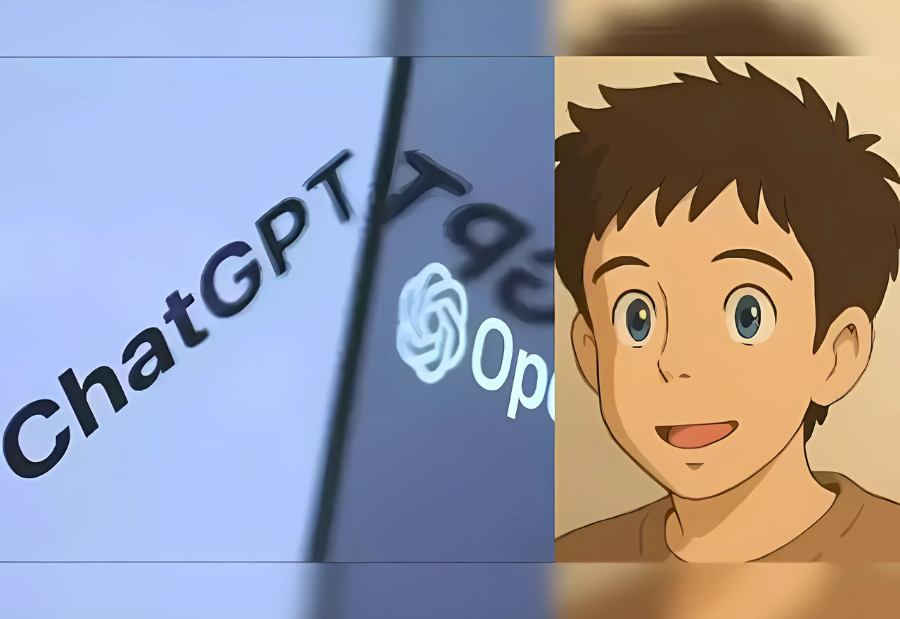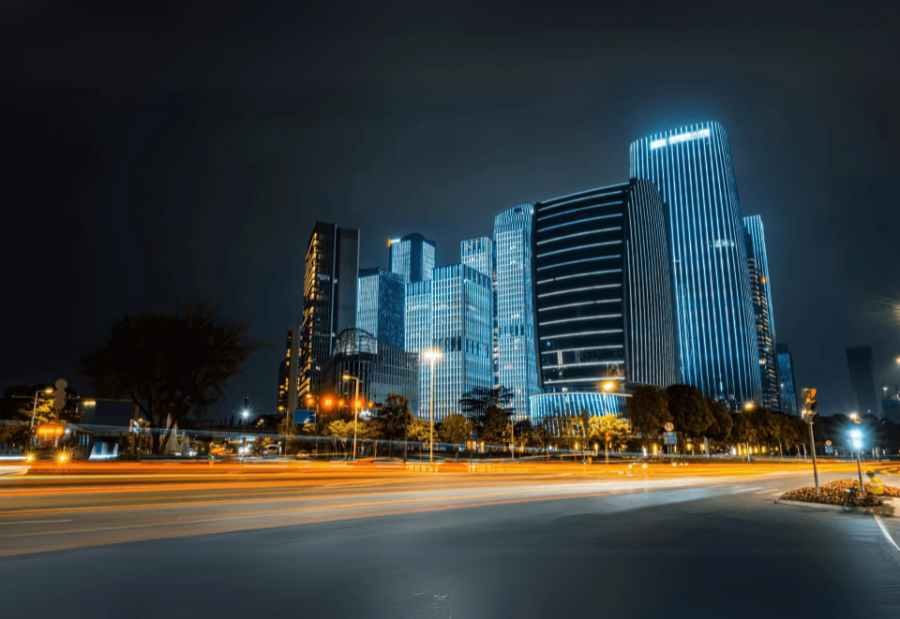Cybercrime police authorities caution that these platforms have the ability to gather and steal personal data and transport it to unidentified third-party servers in the wake of the growing popularity of Ghibli-style photos, or Japanese-style animated portraiture.
In addition to the camera, these AI-based platforms ask for access to the microphone, contact list, photo gallery, and even the ability to operate in the background. Some could even go so far as to include embedded programming that monitors user typing.
Particularly on applications hosted outside of India with unclear privacy rules, the combination of personal inputs and broad permissions, according to police, leaves users open to profiling, targeted frauds, and long-term data exploitation.
According to Vineet Kumar, the founder and global president of CyberPeace, the growing trend involves more than simply AI replacing artists; it also involves technology abuse, the production of illegal material, deepfakes, and copyright infringement. According to him, there is also a chance that AI would misunderstand commands and produce offensive visuals. A senior police officer told TNIE that the software begins retrieving device-related data as soon as a user permits access and uploads a photo.
Without the user’s permission, the submitted image may be kept forever and used to train even more AI models. “In some cases, facial features can be extracted to create digital identities and deepfakes. Apps that request access to contacts or microphones run silent background activity — all without the user’s knowledge,” the officer said pointing out that these applications frequently serve as a front to gather personal data and don’t always deliver on their promises.
“While the interface may appear harmless, these platforms use deceptive code and permissions to bypass phone security, making it easy for attackers to build detailed user profiles for fraud or surveillance,” the official added.
The trend is being followed by a rise in AI websites and applications. Some of them even have keyboard fingerprinting, which is code that records a person’s typing speed and mistakes. In addition to planting tracking cookies or harmful code that persists after the program is removed, this can be used to break passwords or imitate login behavior.
According to the officer, submitted images are occasionally compared to publicly accessible databases to connect a person’s image with their digital footprint or social media accounts. This information can then be sold to data brokers or used for targeted fraud.
Also read: Viksit Workforce for a Viksit Bharat
Do Follow: The Mainstream formerly known as CIO News LinkedIn Account | The Mainstream formerly known as CIO News Facebook | The Mainstream formerly known as CIO News Youtube | The Mainstream formerly known as CIO News Twitter |The Mainstream formerly known as CIO News Whatsapp Channel | The Mainstream formerly known as CIO News Instagram
About us:
The Mainstream formerly known as CIO News is a premier platform dedicated to delivering latest news, updates, and insights from the tech industry. With its strong foundation of intellectual property and thought leadership, the platform is well-positioned to stay ahead of the curve and lead conversations about how technology shapes our world. From its early days as CIO News to its rebranding as The Mainstream on November 28, 2024, it has been expanding its global reach, targeting key markets in the Middle East & Africa, ASEAN, the USA, and the UK. The Mainstream is a vision to put technology at the center of every conversation, inspiring professionals and organizations to embrace the future of tech.




